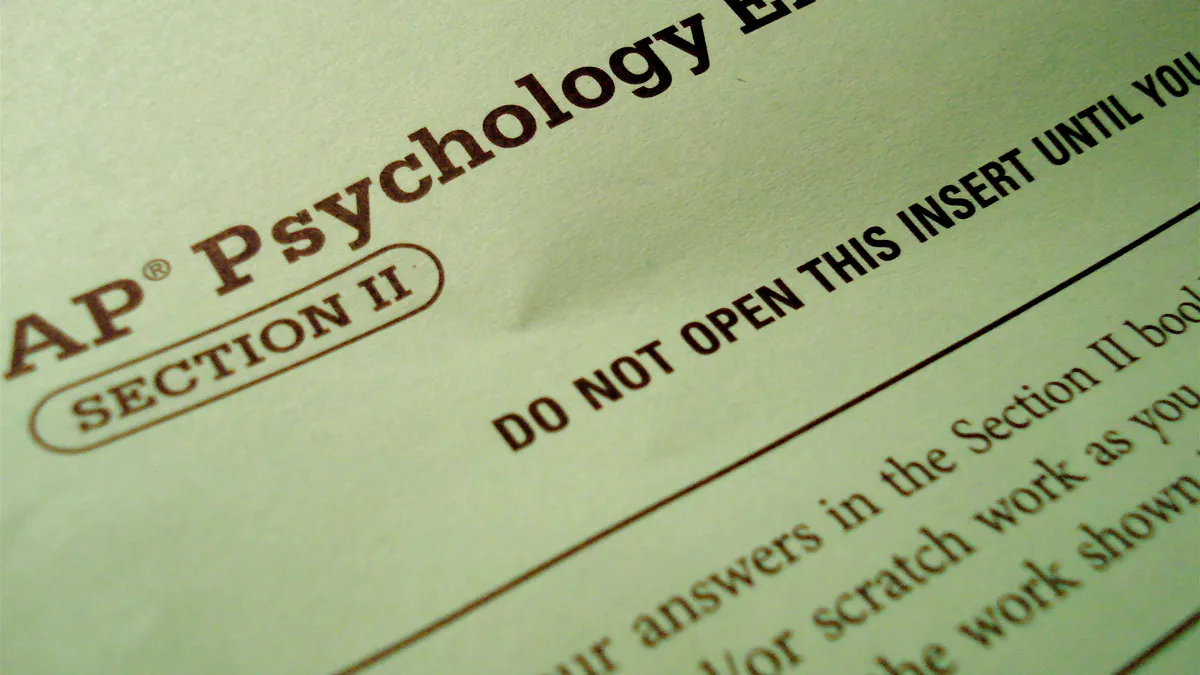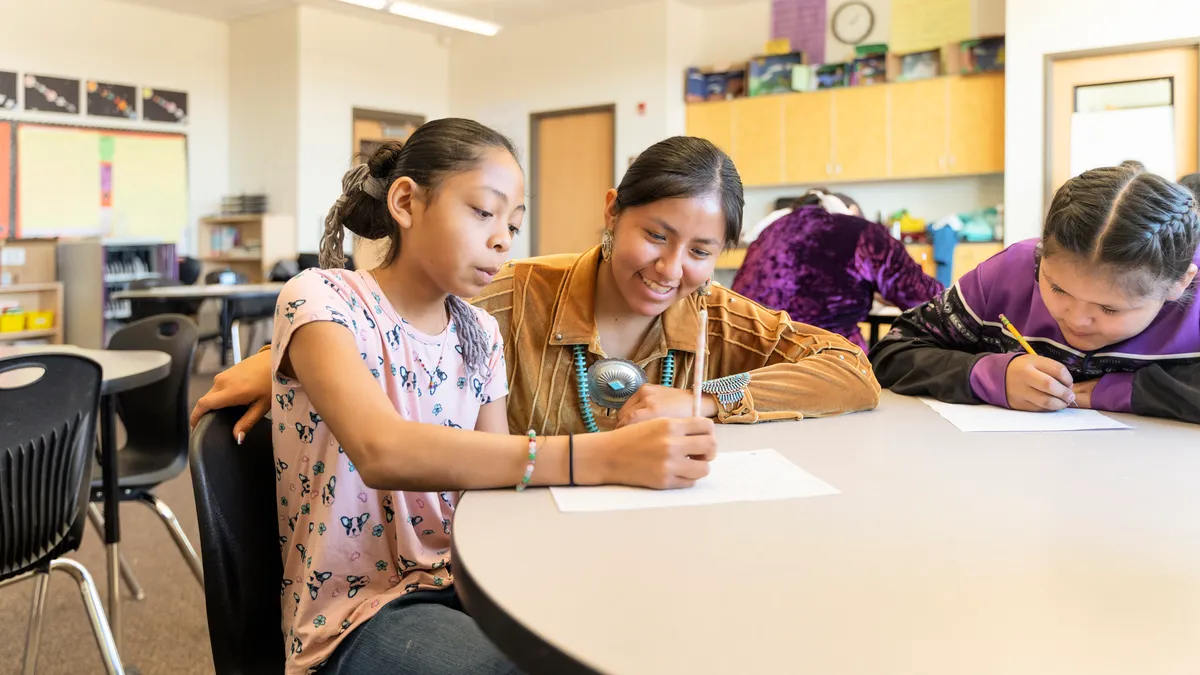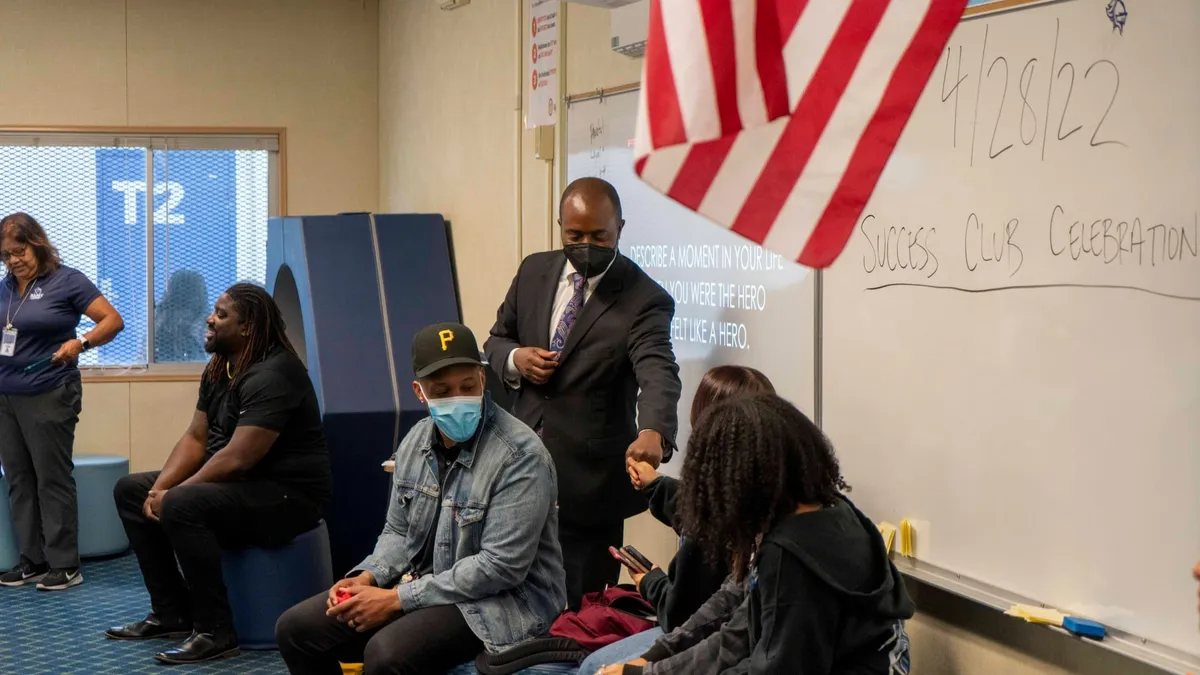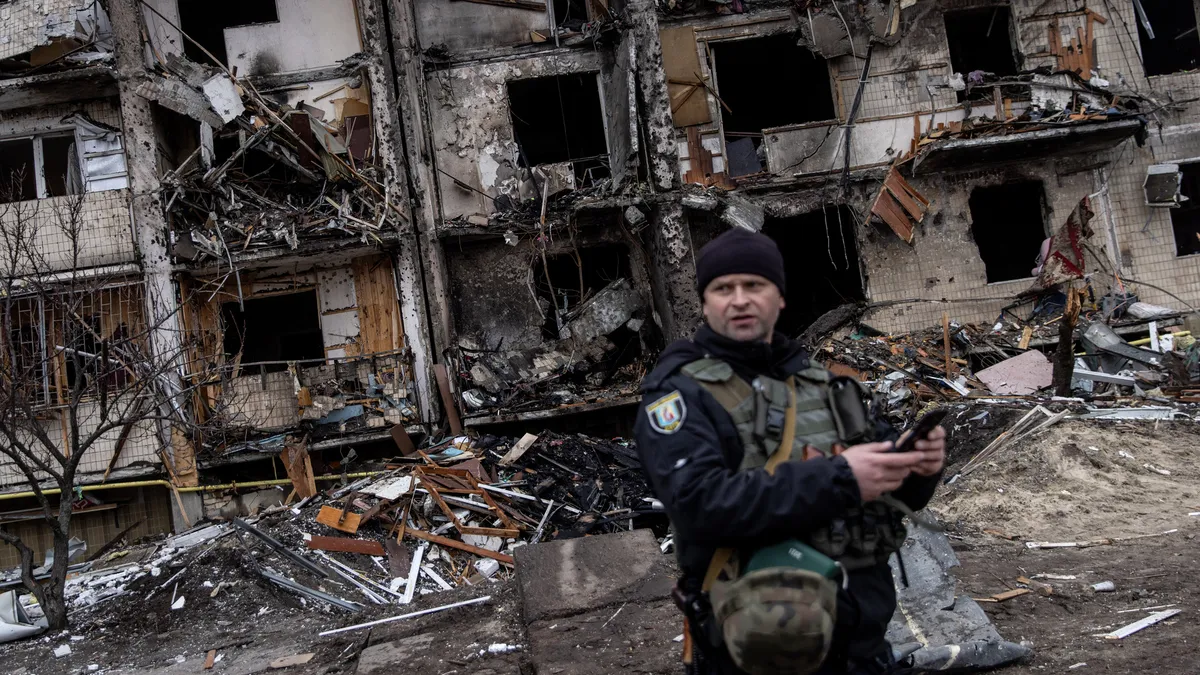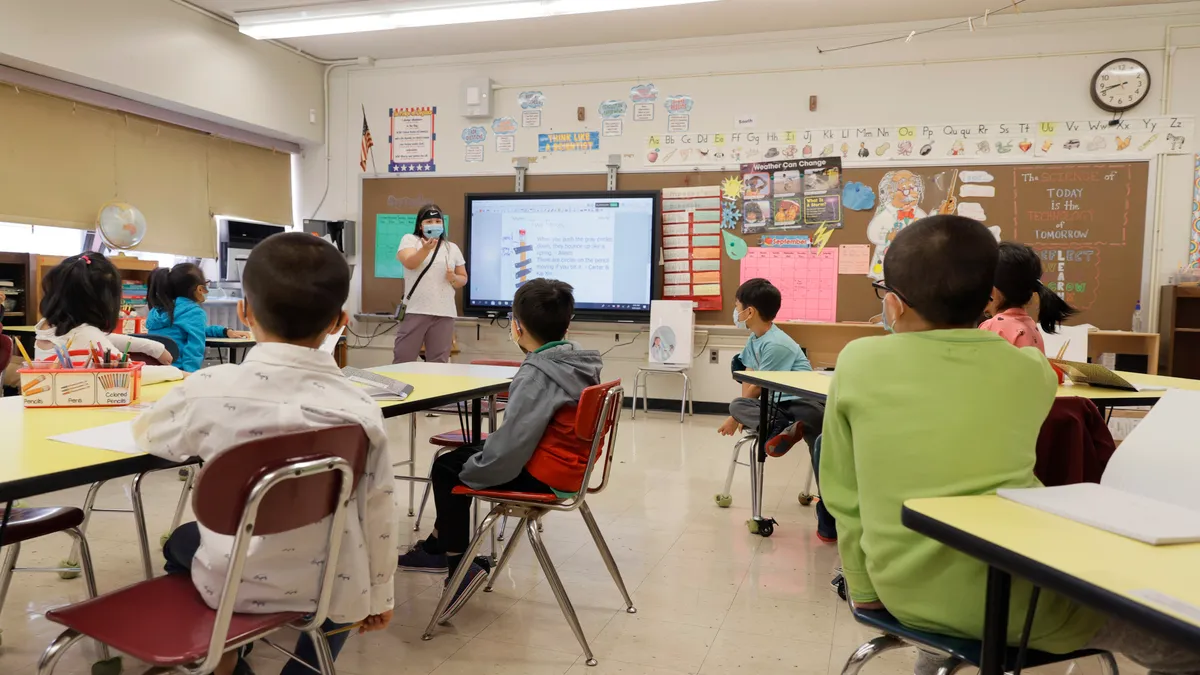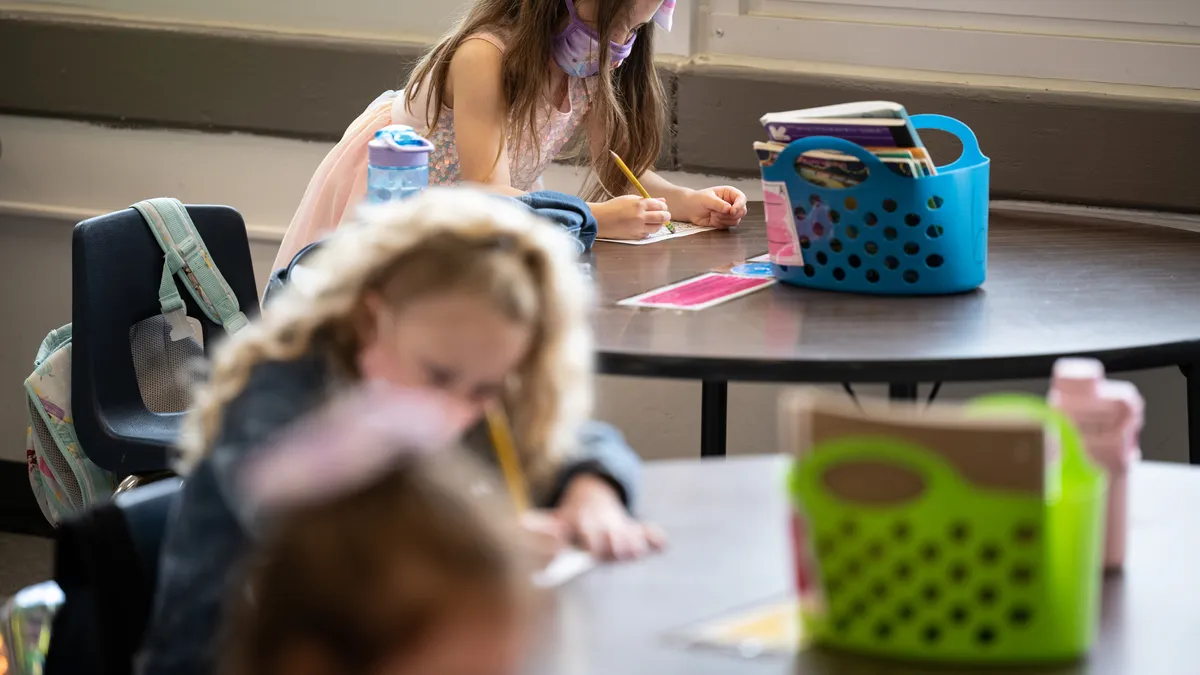This latest Pre-to-3 column focuses on another city considered by experts to be a “preschool champion.” Past installments of Pre-to-3 can be found here.
By next year, the state of Washington aims to see 90% of entering kindergartners considered ready for school and eliminate disparities in young children’s performance based on race and family income.
The city of Seattle and Seattle Public Schools are doing their part with a preschool program for 3- and 4-year-olds that is receiving national attention for reaching a high level of quality in a relatively short period of time.
According to a recent report from the National Institute for Early Education Research, the quality of the Seattle Preschool Program, which began as a four-year pilot in 2014, “continued to improve and now reaches levels associated with strong gains in children’s learning and development.”
A NIEER report released last year noted several U.S. cities have emerged as “preschool champions” even though overall access to early-childhood education in their respective states has not grown significantly. Seattle is among those cities. On Thursday, the city also received a silver medal as part of the CityHealth initiative, which rates city's efforts to improve residents' well-being in nine areas, including early learning.
“Seattle’s performance on key quality assessments places its preschool program alongside New York’s and San Antonio’s programs,” Milagros Nores, co-director for research at NIEER, said in a press release about the new report.
Over the four-year pilot phase, scores on the widely used Classroom Assessment Scoring System, which measures emotional support, classroom organization and instructional support, showed an “upward trend.” Scores on the Early Childhood Environmental Rating Scale also improved over that time period.
'Energy and enthusiasm'
As part of a $619 million education levy approved by Seattle voters in November 2018, the program has now been renewed for seven years and expects to serve 1,700 children this school year in 91 classrooms. In addition to school- and community-based centers, 14 family child care homes are also participating in the program, which is not a common model for other universal pre-K programs across the country.
Monica Liang-Aguirre, director of early learning for the city’s Department of Education and Early Learning, says while involving family child care providers in the program has been “one of our greatest successes,” tweaks to the program are ongoing because “one model does not fit all different delivery services.”
Because tuition for the program is covered for families earning 350% of the federal poverty level — about $91,000 a year — Seattle Preschool Program is providing access to preschool for children from families who earn too much to qualify for the state’s long-running Early Childhood Education and Assistance Program, but not enough to afford a high-quality private program. For those earning above that threshold, there is a sliding fee scale.
While Seattle Public Schools has offered Head Start and preschool for children with special needs, the new program has sparked “a big change in practice for the district,” Liang-Aguirre says. “There’s a lot of energy and enthusiasm at the district level” for further expansion.
And there is interest in “strengthening the P-3 continuum so the gains made in early learning aren’t lost when [children] move into elementary school,” she adds.
The city and district have already partnered to develop an inclusion program, combining SPP funds with early-childhood special education funds. Arbor Heights Elementary School is one of the sites with an inclusive preschool model.
“We are in our fourth year of preschool and really are a PreK-5 school community,” says Principal Christy Collins. The school participates in a grant-funded program at the University of Washington to provide joint professional development in math to preschool and kindergarten teachers.
“This has resulted in strong number sense skills in students and better pre-K/kindergarten alignment,” Collins says. Preschoolers, she adds, participate in “community circles,” just as students in K-5 do, and “already know how to problem solve upon entering kindergarten.”
The district is also working with staff members in community-based programs — some of which are on school sites — to “implement effective pre-literacy and math skills towards kindergarten readiness,” says Heather Brown, the district’s director of early learning.
“Kids who attend preschool in SPS buildings learn how ‘do school’ prior to starting kindergarten,” Brown says. “They learn how to walk in the hallways, eat in the lunchroom and what to do in all learning spaces. This eliminates the unknown element of transitioning to kindergarten.”






